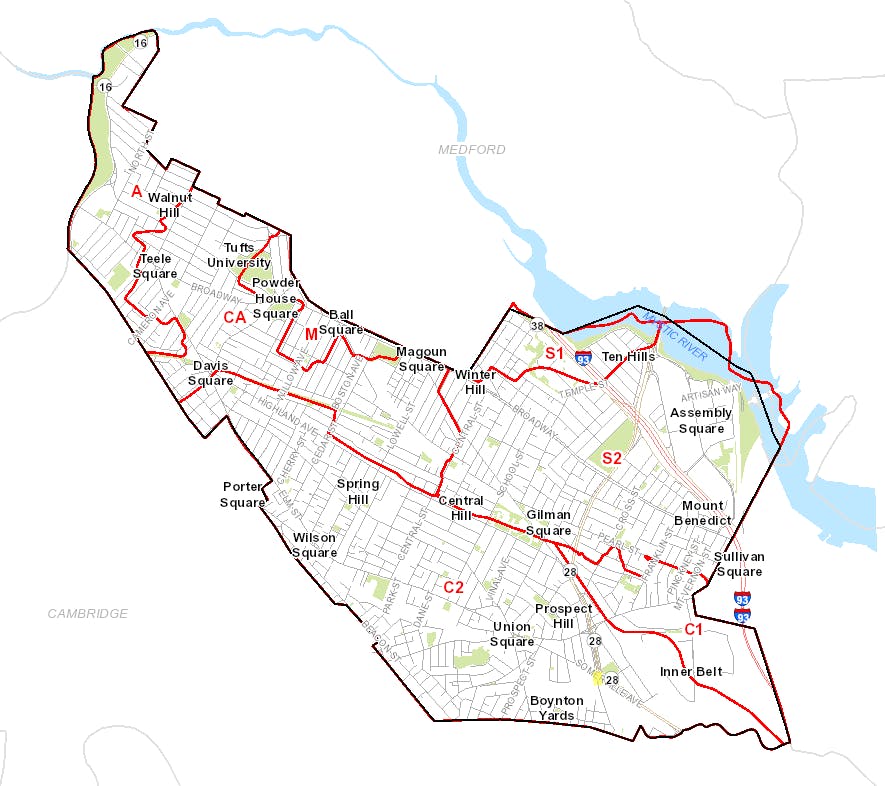Citywide Drainage and Water Quality Master Plan
Share Citywide Drainage and Water Quality Master Plan on Facebook
Share Citywide Drainage and Water Quality Master Plan on Twitter
Share Citywide Drainage and Water Quality Master Plan on Linkedin
Email Citywide Drainage and Water Quality Master Plan link

The City developed a Citywide Drainage and Water Quality Master Plan, a collection of infrastructure projects that will reduce flooding, improve water quality, and mitigate combined sewer overflows. After years of modeling and evaluation, the Engineering Division and its consultants, with input from the pubic, have identified 22 projects that would address the root causes of flooding and prepare Somerville for climate change.
You can read the Final Report here.
Page last updated: 23 Jun 2023, 10:32 AM



